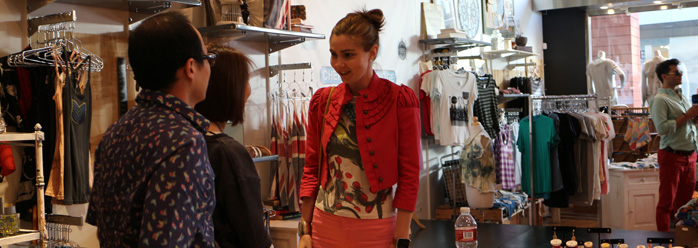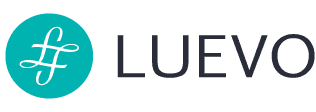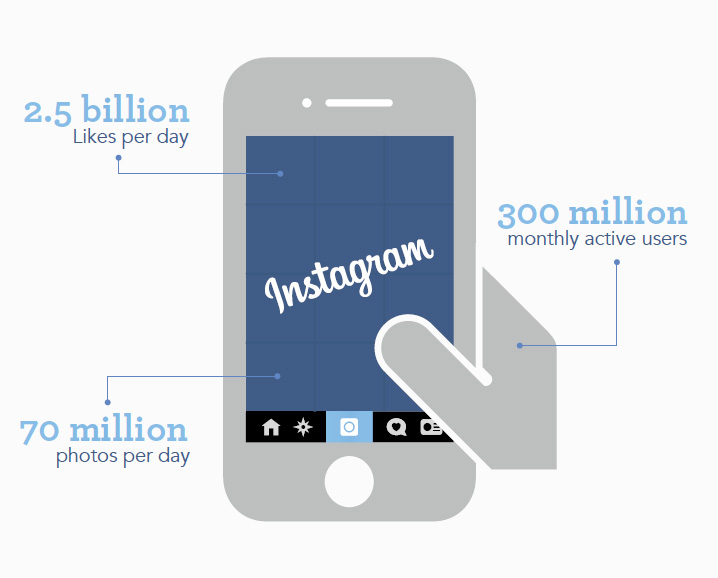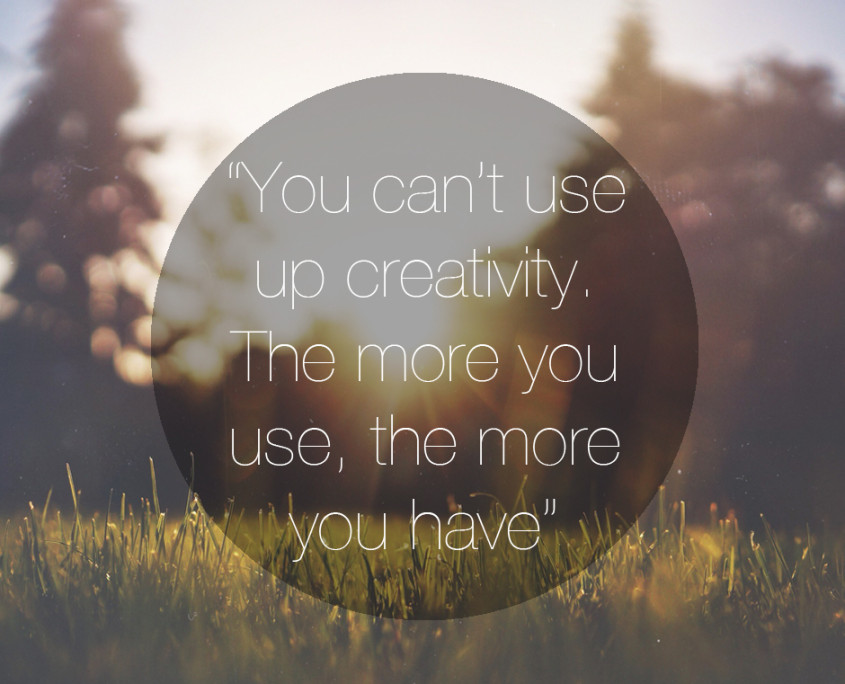5 Networking Tips for Aspiring Fashion Designers
Networking is an interesting topic for me, as I grew as an entrepreneur and learned along the way to be more natural at it. I don’t believe there are any books or courses that can teach you how to network well, but I believe you can teach yourself in finding your own “groove”.
Remember:
Leave your inhibitions at the door, and step in with grace, value creating thoughts and the mindset that anyone there can be as much help to you as you are to them.
I recently attended a Fashion and Tech meet-up in Santa Monica with my business partner, and our goal was to meet new people, and why not, potential customers or partners. We work with fashion designers, we help them get their businesses off the ground, help them with marketing, web development and strategy. This was a great opportunity to get some of my knowledge shared with the right individuals and get us known with the LA fashion community.

Here are my top 5 networking tips:
Tip #1: Know your audience
This was a meetup so I could read everyone’s profiles before attending from meetup.com. I learnt that most people in the audience were aspiring fashion designers. So instead of pitching the company I started talking to them about their problems, making suggestions and I offered my business card to take our conversations further.
Tip #2: Don’t rush
This is your douche-bag networker and I hate him (or her). They come to an event and their only goal is to go around and talk to as many people. Most times you’ll end up in a conversation with above said networker when he’ll abruptly stop you and says something like “I have to go around and do my rounds” or “I have to go meet other people” . He has no interest in you and you’ll never see him again. Don’t be this guy.
Tip #3: Give value
This ties back into the above two points. if you know your audience, then you know what brings them to the event in the first place. Spend time with each prospect and provide something of value to them, they will be more engaged with what you have to say. At this event I tried to provide as much feedback as possible and make appropriate introductions to help the aspiring entrepreneurs.
Tip #4: Don’t stick together
I noticed that the events I attend together with my partner I tend to network less. We end up talking to each other, and by the end of the night we think that the event wasn’t worth while because nobody wanted to talk to us. The problem is, when you stick together, others won’t approach you as they’ll think you are engaged in a private conversation.
Tip #5: Follow up
This one drives me insane. So many times I have met people that for one reason or another they couldn’t share their contact info with me (some genuinely forgot their business cards at home or my phone would be dead and couldn’t take their info). I have met many fashion designers that I could have helped, but they only connect with me when they felt they needed something from me – sometimes months later. I am sorry, but by that point, I’d forgotten who you are.
Some of these may seem like common sense, however, when networking many become overwhelmed and unnatural. Just take it easy, one step at the time, and just think that everyone is there for the same reasons as you are, to meet new people!
This article was first published on LinkedIn by our co-founder Ana Caracaleanu.



